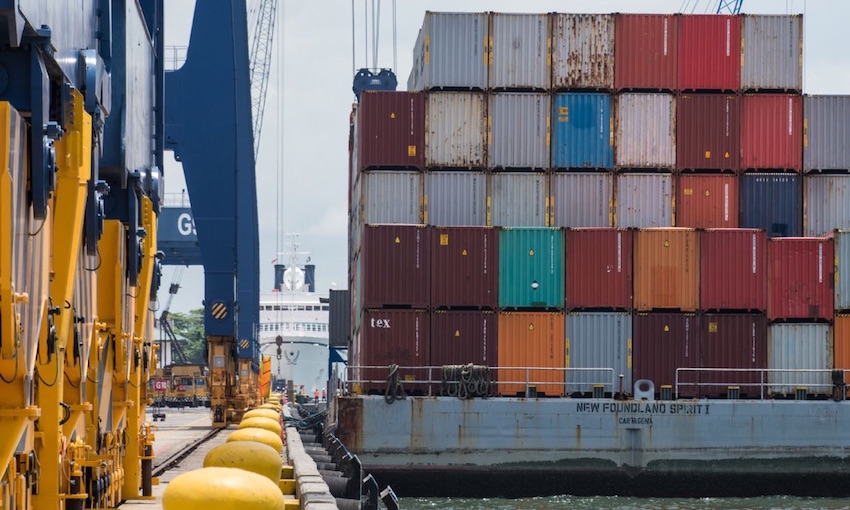ABOUT 11.5% of the global ocean container shipping capacity was taken out of the market due to vessel delays in November, according to a recent analysis from Sea-Intelligence.
This was a slight improvement from 12.3% in October 2021.
“Judging by the data, it seems there is no sign of imminent improvement,” Sea-Intelligence CEO Alan Murphy said.
“The normal state of affairs in the market is that 2% of global capacity is trapped in delays somewhere. It also clearly shows the sheer magnitude of the problem in 2021.
“Basically, 2021 was a year where demand grew 7% year-on-year (partly due to the downfall in early 2020) and at the same time capacity effectively was reduced by 11%.”
In its analysis, Sea-Intelligence used bi-weekly customer advisories from HMM to calculate a terminal congestion index.
“For North America, the slight improvement after Golden Week was fully reversed by the end of 2021 and a new record was set on December 30th, albeit with a slight improvement again on January 6th, driven by improvements in Savannah and Charleston,” Mr Murphy said.
“For Europe, we see a situation that has been steadily getting worse since the start of October, with no signs of any improvement – or even levelling out. This also implies that we might well expect to see a continued upwards push on freight rates on this trade, as the congestion is likely to have a negative impact on reliability, and hence in turn on available capacity.”
Mr Murphy said all the available data shows that congestion and bottleneck problems are worsening getting into 2022, and there is no indication of improvements as of yet.

